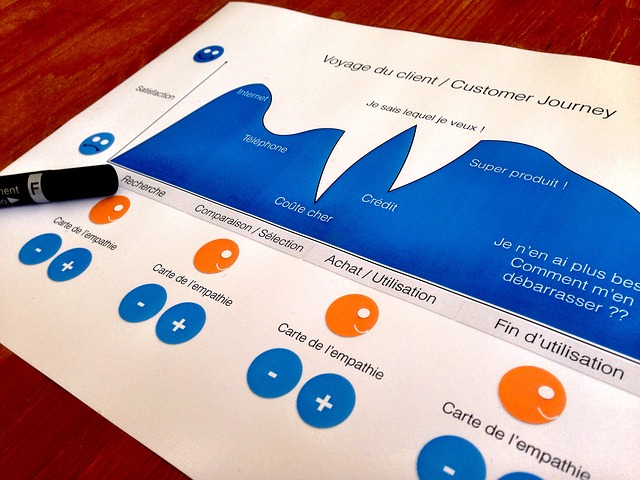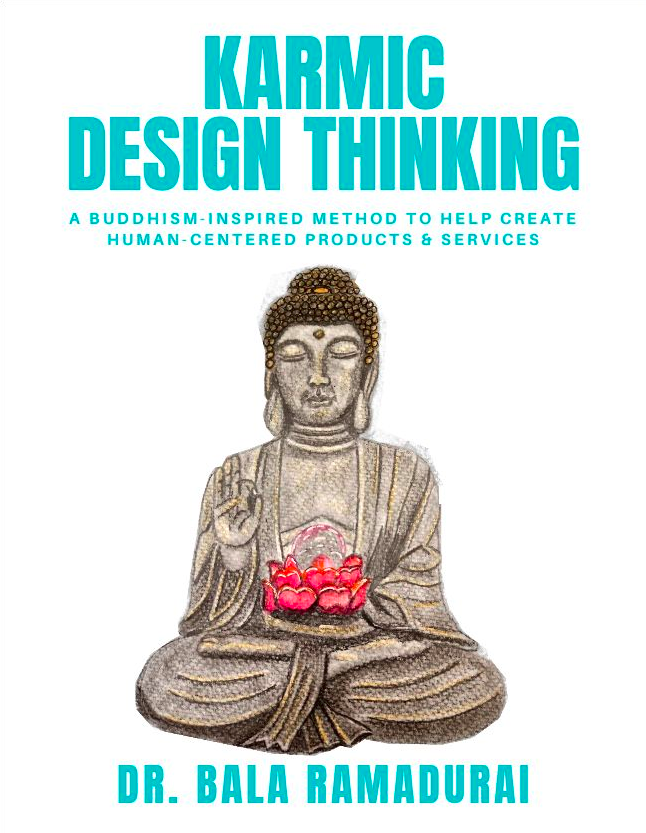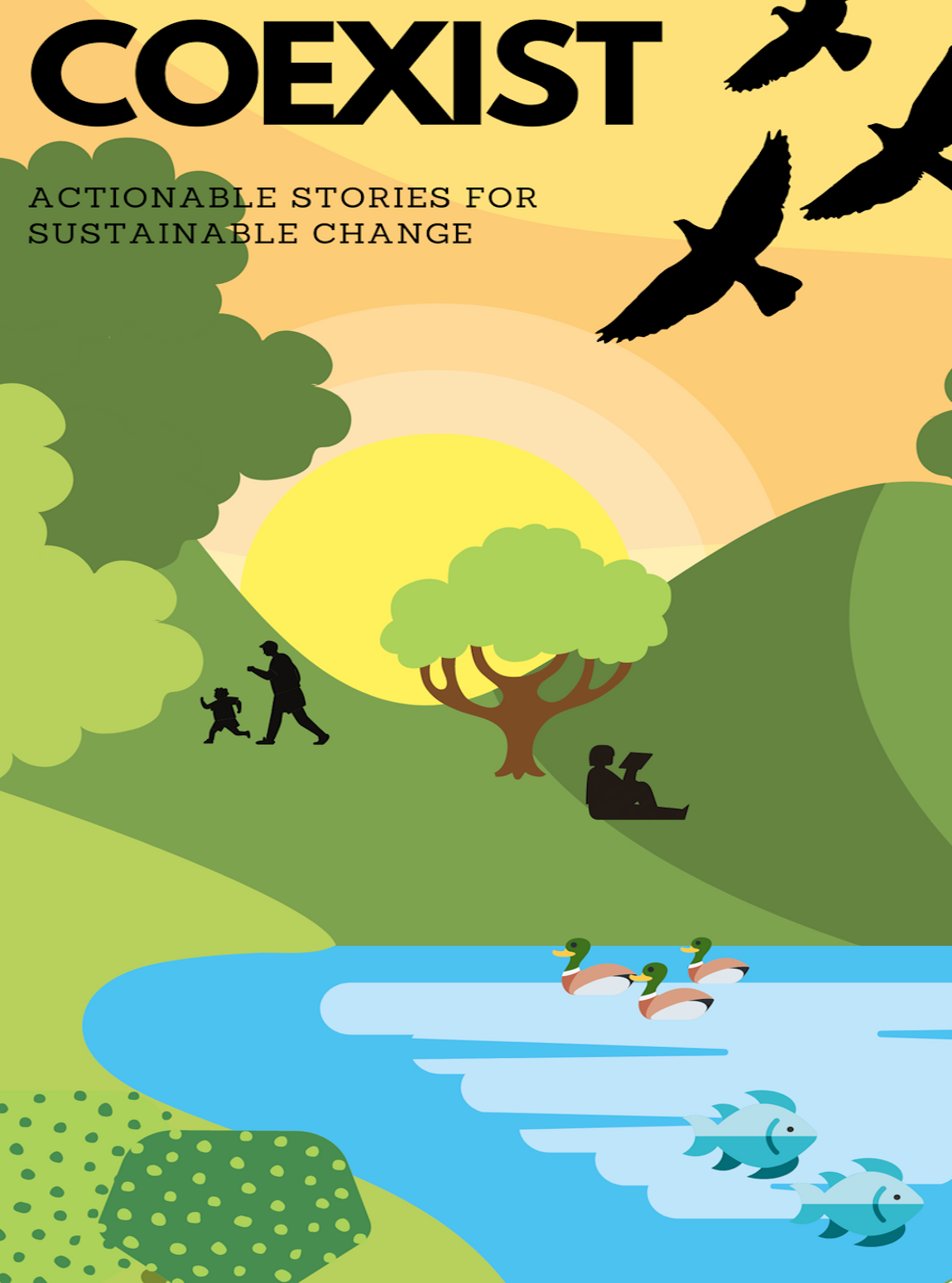Bugs Bunny and His HR Problem
These students from the HR division (Team Bullseye) submitted the following story (based on a true story) as part of their course on design thinking. They used the Karmic Design Thinking methodology. I found it very entertaining and educating. Their selfie of the entire team which wrote this piece is on the way. Pigeons take time to deliver messages, you know ;) I had fun reading this. Hope you do too!
Once upon a time there lived a rabbit named Bugs Bunny. He was employed by Mr. Kangaroo who ran a carrot cultivation farm. Mr. Bugs Bunny was very hardworking and dedicated employee and always loved to give his best. One fine day when he was picking up the carrots, his assistant, Ms. Chipmunk came running to him informing him that his mother broke her back after a monkey on the tree accidently dropped a coconut on her. She was immediately hospitalized and Bugs Bunny rushed there.















